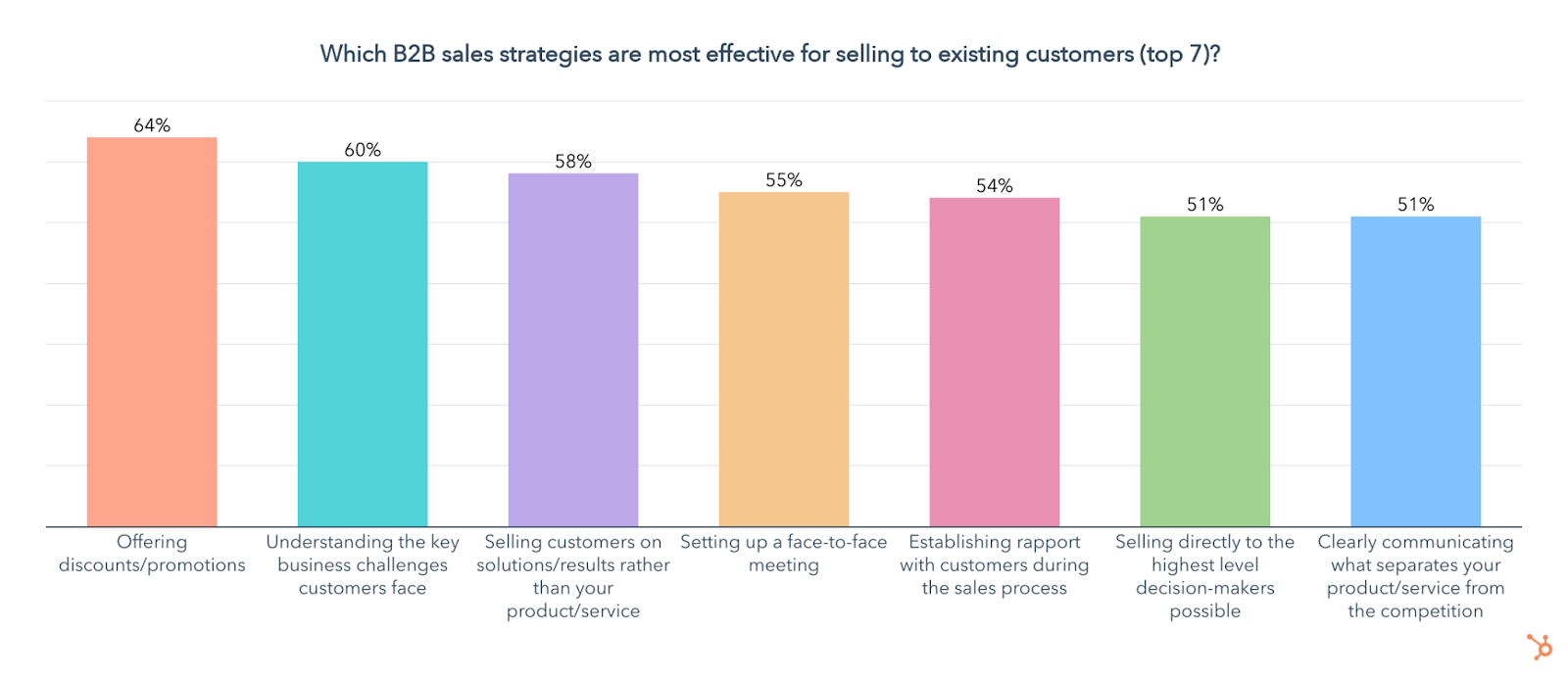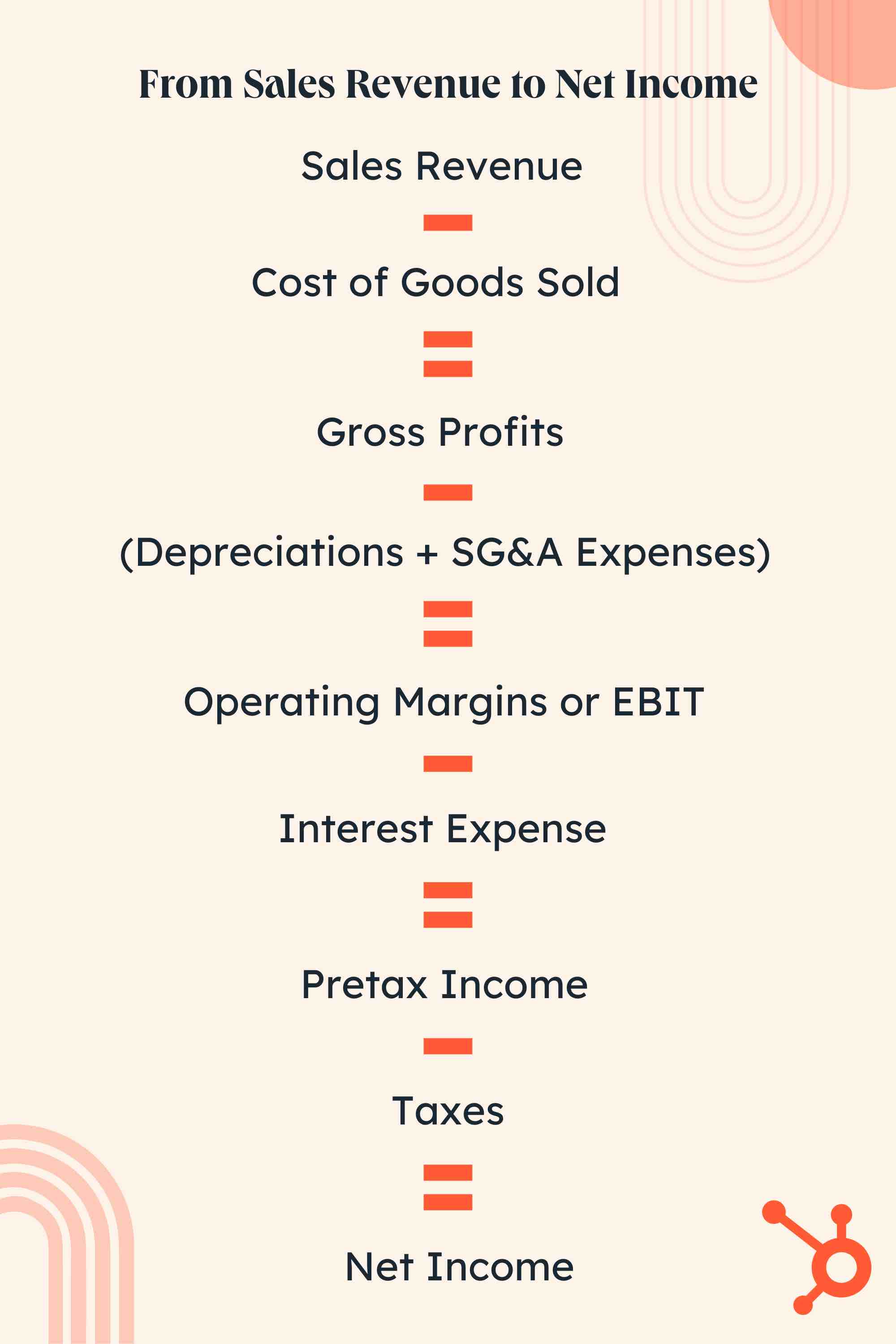Sales revenue measures the income brought in by the company’s core business activities. But while the definition may be straightforward, calculating sales revenue requires some more thought.

Read this guide to learn how to calculate sales revenue. We’ll also share examples that’ll transform you into a sales metrics superstar.
What is sales revenue?
Sales revenue is a company's income generated through the sale of goods or services. The figure is usually reported for a fixed period — generally by month, quarter, or year.
There are two types of sales revenue: gross and net. You might see both on an income statement. However, each metric is calculated distinctly and has its own unique business implication.
Gross sales revenue is the total of all sales of goods and services without taking into account any returns, discounts, or allowances. This figure indicates a business’ ability to sell its products or services. It doesn’t necessarily demonstrate its ability to generate profit.
Net sales revenue is gross sales revenue minus any returns, discounts, or allowances. Net sales is a more accurate representation of the cash a company brings in from customers.
You might be wondering, what are returns, discounts, and allowances?
Returns are common in the retail business and are precisely what you expect. A return is when the company allows a customer to return the product they purchased for a full refund.
Discounts are also self-explanatory. A discount is a reduction in the basic price of goods and services.
Allowances are price reductions that the customer initiates because of an issue with their order. That can range from problems with quality, incorrect items, or longer than expected shipping times.
Two out of three salespeople offer discounts and promotions. You might wonder, “Why would they do that? It detracts from sales revenue!” However, offering discounts results in major benefits, like increased sales and customer loyalty.
The most effective forms of discounts for converting new customers are bundling a suite of products, as well as offering free trials, loyalty programs, deals for best-fit customers, and sign-up promotions. Even though it’s subtracted from your sales revenue, don’t be afraid of discounts. They can increase your total number of sales, resulting in higher sales revenue.

How to Calculate Sales Revenue [Formula]
Sales revenue is calculated differently if your company sells products or services, but the basic concept remains the same/a>.
Use one of the following formulas to calculate sales revenue. Sales Revenue for Product-Based Companies Number of Units Sold x Average Price = Sales Revenue Sales Revenue for Service-Based Companies Number of Customers x Average Price of Services = Sales RevenueRevenue vs. Sales
Sales is the income a company generates by selling its goods and services. Meanwhile, revenue is a business’s income from all sources, including sales. For example, a company can have $10 million in sales but $12 million in revenue if nonoperating income totals $2 million.
- Sales are all the money a company receives by selling products or services.
Revenue includes all the money a company takes in, period.
Image Source
Let’s say that in the month of September, the boutique handmade scrunchie company Sunday Scrunch sold the following:
- 100 medium blue scrunchies for $3.50/unit.
- 150 small cheetah-print scrunchies for $3.00/unit.
- 50 large neon orange scrunchies for $4.00/unit.
What’s their sales revenue for September? Let’s do some math.
- Small Scrunchies: 150 sold x $3.00 = $450
- Medium Scrunchies: 100 sold x $3.50 = $350
- Large Scrunchies: 50 sold x $4.00 = $200
Then add all of these values together.
- $450 + $350 + $200 = $1,000
Sunday Scrunch’s September sales revenue would be $1,000.
Calculating Service Revenue
If your company sells services as opposed to products, the calculation is just as simple.
Let’s say that Elite Consulting Services had 250 customers in September, with their average price of services being $20,000. What’s their monthly sales revenue? Check it out.
Sales Revenue = Number of Customers x Average Price of Services
- Number of Customers = 250
- Average Price of Services = $20,000
- 250 x $20,000 = $5 million
Elite Consulting Services’ September revenue would be $5 million.
Not a bad month!
Why Is Sales Revenue Important?
Sales revenue is the first metric reported on an income statement — and for a good reason. It represents the starting point for companies to determine their net income. Your net income is the basis for business-critical calculations and reports, including earnings per share and cash flow statements.
To get from sales revenue to net income, you first subtract the cost of goods sold from sales revenue to find gross profit.
- Gross Profit = Sales Revenue - Cost of Goods Sold
Then, subtract any depreciation and SG&A (selling, general, and administrative) expenses from gross profit to find the operating margin — also referred to as earnings before interest and taxes or EBIT. SG&A can include rent, utilities, marketing and advertising, salaries, and other operating costs.
- Operating Margin (EBIT) = Gross Profit - Depreciation - SG&A
Next, subtract interest expenses from the operating margin to find pretax income.
- Pretax Income = Operating Margin (EBIT) - Interest Expenses
Finally, subtract taxes from pretax income to arrive at net income.
- Net Income = Pretax Income - Taxes
Net income is an essential metric for gauging the health of a business and planning for its future, and it all starts with everybody’s favorite accounting figure: sales revenue.

Sales revenue has earned its position at the top line of all income statements. It is one of the most influential metrics in business analysis and forecasting. In fact, other figures are often expressed as a percentage of sales revenue.
Long story short, sales revenue is a massively important figure in determining the health and future of your business. Now you know what it is, why it’s so beloved, and how to calculate it. Happy accounting and happy sales!